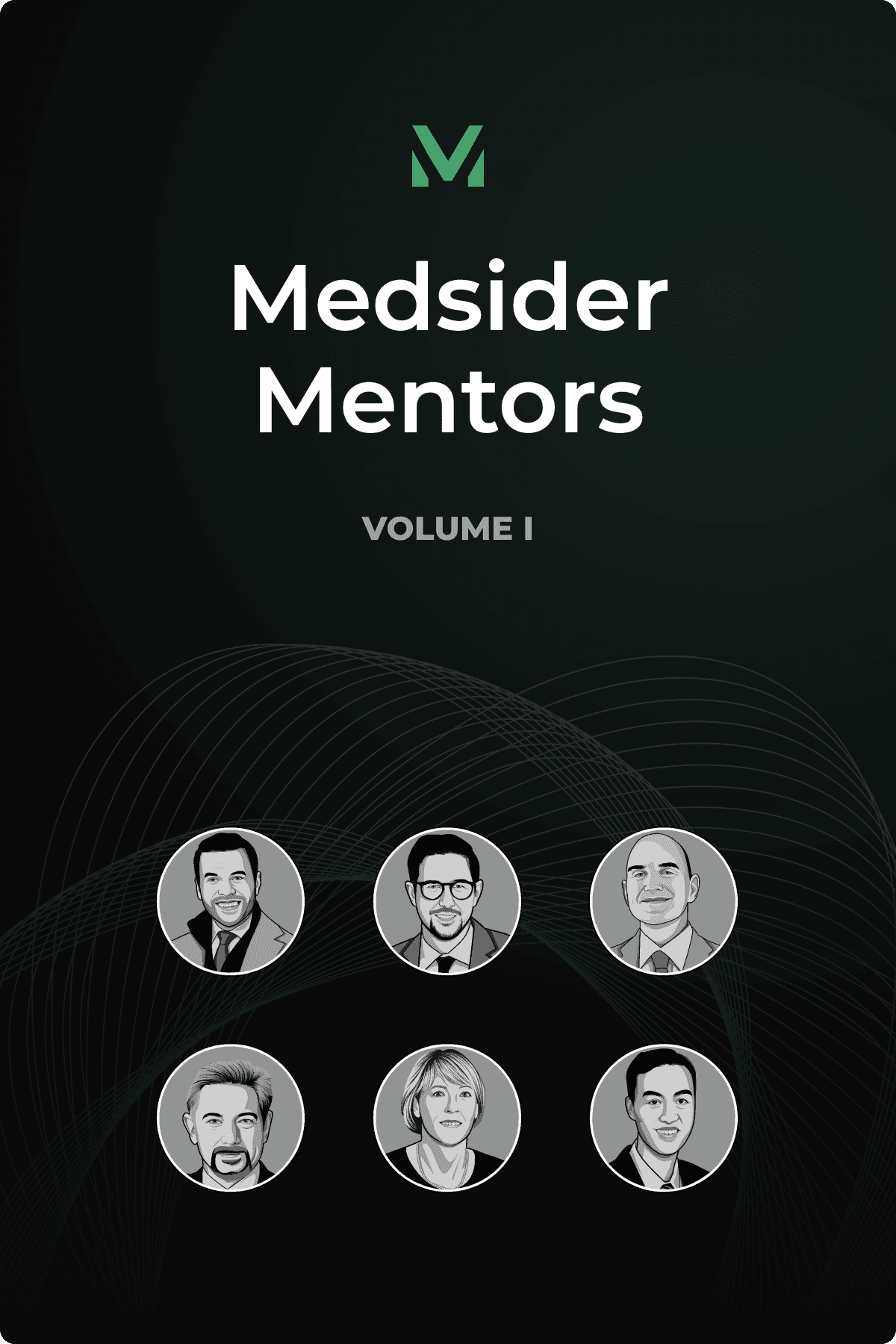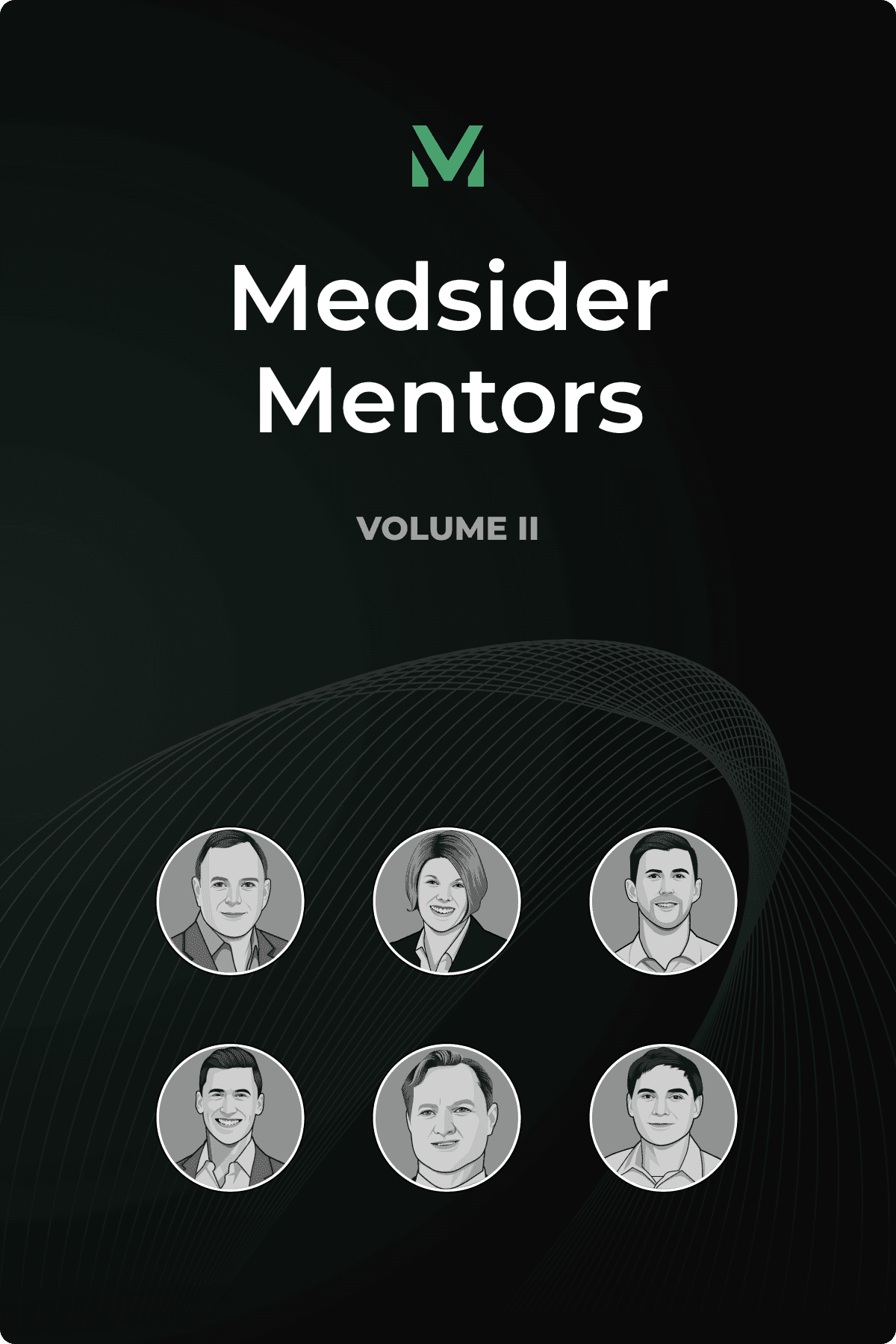Why Learning Fast Beats Failing Fast
Interview with Portal Instruments CEO Patrick Anquetil

Patrick Anquetil is an academic turned entrepreneur who found his true calling across the Atlantic. In his words, "I think I was an American all my life. I just didn't know until I came here, and we actually subsequently became American."
His academic genius — a doctorate in bio-instrumentation from MIT, an MBA from Harvard Business School, and a master's degree from the prestigious ETH in Zurich and the University of Tokyo — was only the beginning of his impressive journey.
As a serial entrepreneur, he founded two other medtech companies before co-founding his current venture Portal Instruments — SynapDx and Aretais. From 2009 to 2012, he led SynapDx as the director of strategic planning, playing a key role in securing Series A funding. Under his guidance, SynapDx raised over $40 million in venture capital, pioneering the development of early autism detection tests. Before that, at Aretais, he focused on a non-invasive method to detect blood glucose levels using Coherent Anti-Stokes Raman Spectroscopy (CARS), with support from Pfizer. There’s no doubt that Patrick has a flair for bridging the gap between scientific research and real-world applications, something that becomes evident when you take into account Portal’s mission.
Portal is a company that started with a simple question: Could there be a better way to administer medicine for chronic diseases versus the traditional syringe? That’s what Patrick and his PhD advisor Ian Hunter are working on at Portal today: a needle-free drug delivery platform. This is the gap that Patrick recognized and aims to bridge.
The history of needle-free drug delivery, dating back to a French scientist in the mid-1800s, is riddled with attempts and setbacks. Early jet injection methods, though revolutionary, faced issues like cross-patient contamination and difficulties in controlling injection volumes.
Though the industry has repeatedly attempted to transform certain drugs, known as biologics, into pill form, Patrick understood the recurring challenges when trying to overcome this hurdle. As he points out, the pills might not work as well, and in certain cases, patients might have to take a lot of them to get the desired effect.
Due to these shortcomings, injections are still the primary way to infuse biologics into the human body. However, there is a change in the way these injections are given – which is quite significant. For example, instead of directly injecting the vein (IV), the medicine can be administered just under the skin with devices like jet injectors. This new way of injecting drugs is what Patrick’s current venture, Portal, is developing. Fortified with the knowledge of the historical challenges, Portal developed a device powered by a linear electric actuator, allowing unparalleled control and accuracy in drug delivery.
Portal’s platform can administer medication in less than half a second. It addresses the discomfort and anxiety associated with needles, offers previously unimaginable precision and control, while enabling biologics of any viscosity and concentration to be administered and tracked. Patrick explains, "During the injection, we do measurements to ensure the output matches the programmed volume over a time curve, leading to a specific injection depth." This level of control and precision, achieved through a combination of real-time control and comprehensive modeling of the device and fluid dynamics, is what sets Portal apart.
Currently, Portal’s team is working its way through the commercialization phase. The challenge is to combine innovation with the practicalities of cost-effectiveness, but the team is steadfast in its mission to develop a disposable, single-use cartridge and injector with high clinical efficacy.
Key Learnings From Patrick’s Experience
Your business model might take time to develop. Until you find the best route, follow the incentives, seek partnerships with those who have both the resources and a tangible need, stay adaptable, ready to pivot when necessary, and network extensively.
Focus on condensing timelines and being practical in every aspect of your startup. Adapt rapid learning and iterative development. Invest in resources that allow your team to quickly turn ideas into prototypes, fostering a culture of nimbleness and risk-taking.
In medtech, the right collaborations are golden. They bring more than money; they offer insights, resources, and access to new markets. Mix it up with your partners — think big corporations, venture capitalists, and other relevant players. Every collaborator has their own agenda, so stay flexible and find a sweet spot where your goals align with theirs.
You May Like These Articles
Medsider Premium
Become a premium member and unlock access to exclusive Medsider benefits.



